For here the lover and killer are mingled
who had one body and one heart.
And death who had the soldier singled
has done the lover mortal hurt.-Keith Douglas
Last month my brother and I were in Prague and went for a Saturday morning run. Start and stop, start and go—whenever we run, we never manage to establish a fast pace because we’re always stopping to take a look at the world around us.
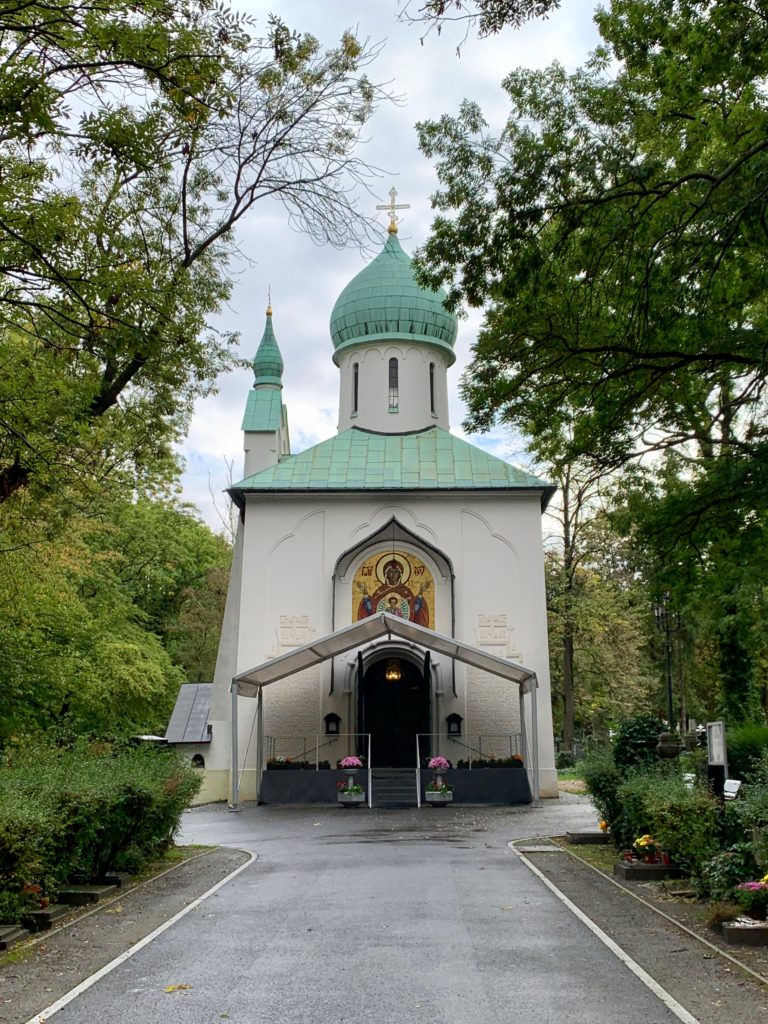
On this particular outing, we came upon a large cemetery in Prague’s city center. It is known as the Civil Cemetery of Olšany, and there beneath the ground are thousands of plague victims from the 17th and 18th centuries. Of course there are high-profile souls such as the esteemed writer Franz Kafka, and those abut more surprising plots like the Hell’s Angels headstone that caught our eyes. But as we made our way southward, we ultimately stumbled upon a section of headstones that was unmistakably uniform. If you’ve ever seen the type, you know immediately that they are of the military persuasion. Solemn remnants of bygone conflicts of varying complexity. We went in to get a closer look.
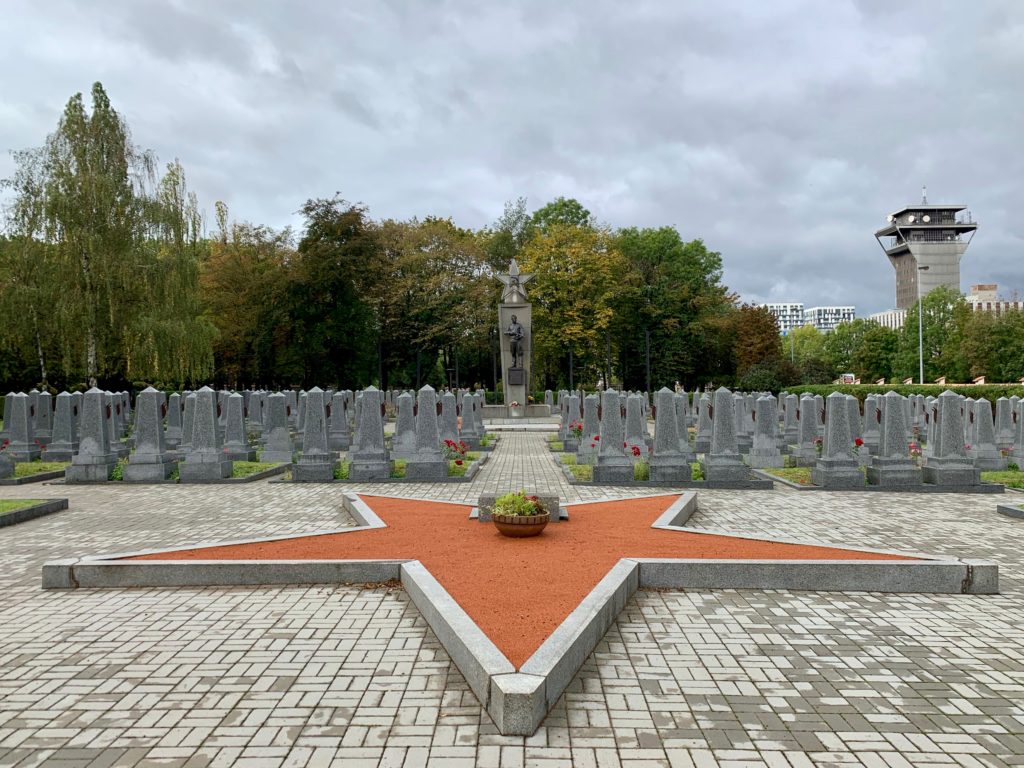
In the Prague cemetery there were two distinct military burial grounds taking up appreciable real estate. It doesn’t take an advanced student of history to understand the difference. In one, red stars emblazoned across every headstone immediately signaled a resting place for Soviets, just as its centerpiece monument bore the mark of a hammer and sickle under the watchful guard of soldiers on two of its sides.
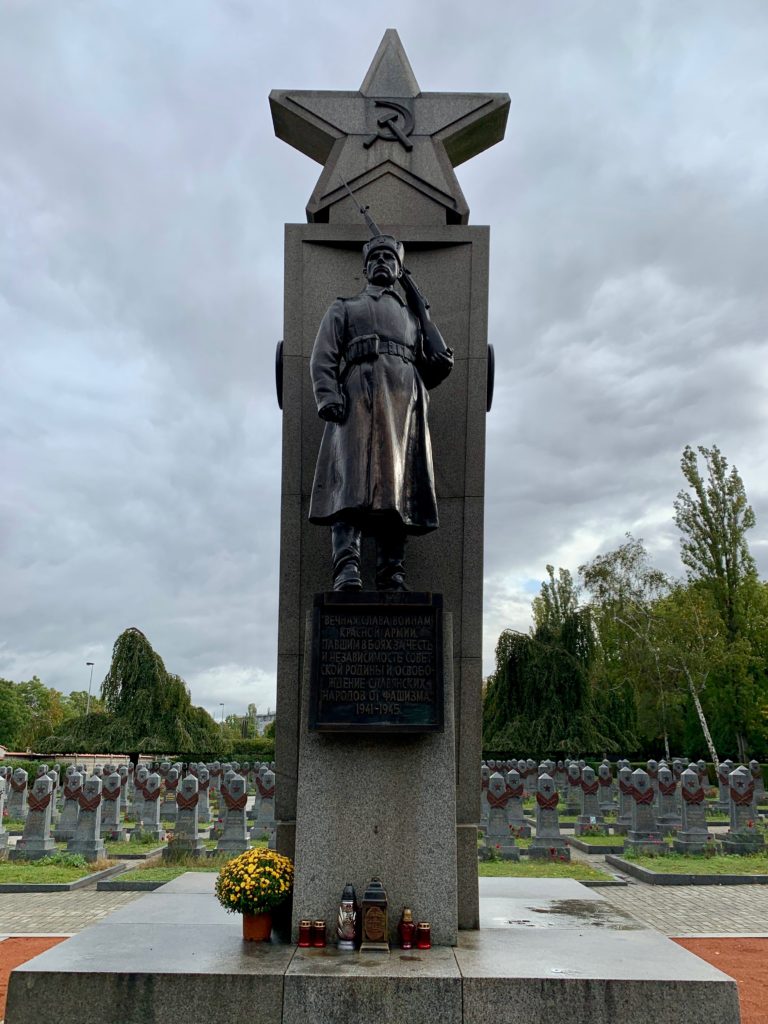
While the meaning of the Russian language’s characters escaped us, a quick look at the dates confirmed that of course we were in the midst of the Second World War. And while this part of the cemetery was deserted except for ourselves, we noted plenty of headstones that bore signs of recent visitors. Candles and photographs. A living cemetery, so to speak. A far cry from the plague-ridden bones under this same earth that decomposed anonymously following their hasty burial. Away with you wretches souls. We want to forget that this horrible pestilence ever happened.
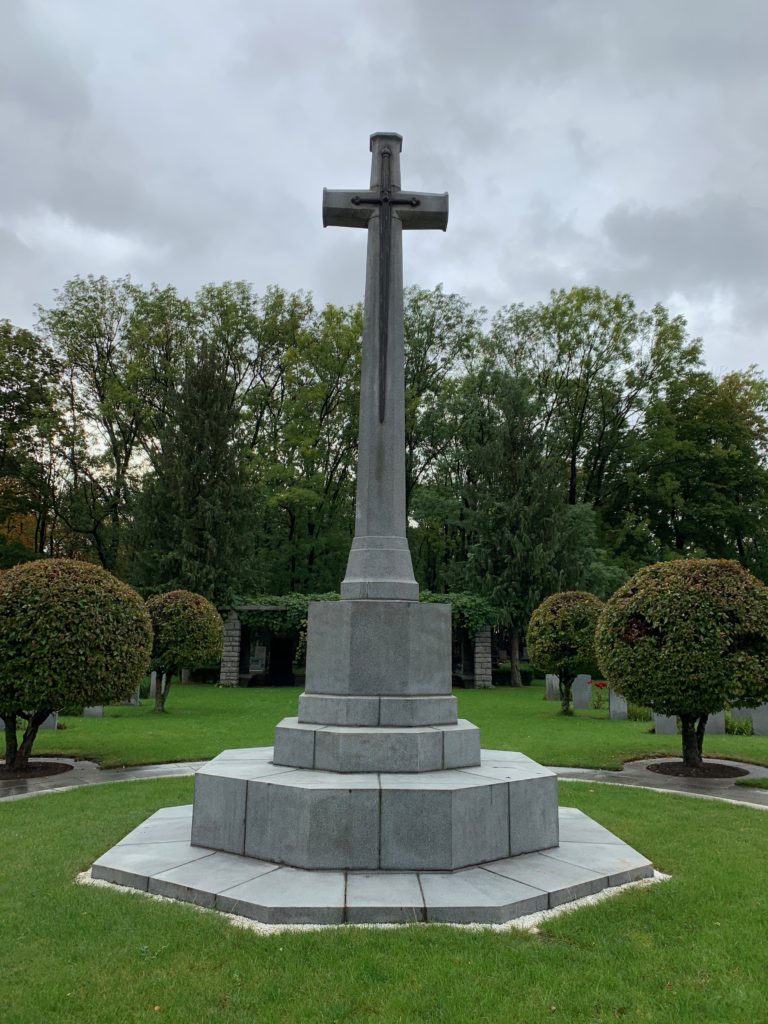
And just as all conflicts stem from boundaries, directly to the west of the Soviet section was its Commonwealth neighbor. The English inscription on this side told us that here, 264 servicemembers were interred: people from Great Britain, Canada, Australia, New Zealand, South Africa, India and Poland. Like the Soviets and their red stars, each perished in the Second World War. Most had been relocated from smaller cemeteries originally scattered across Czechoslovakia.
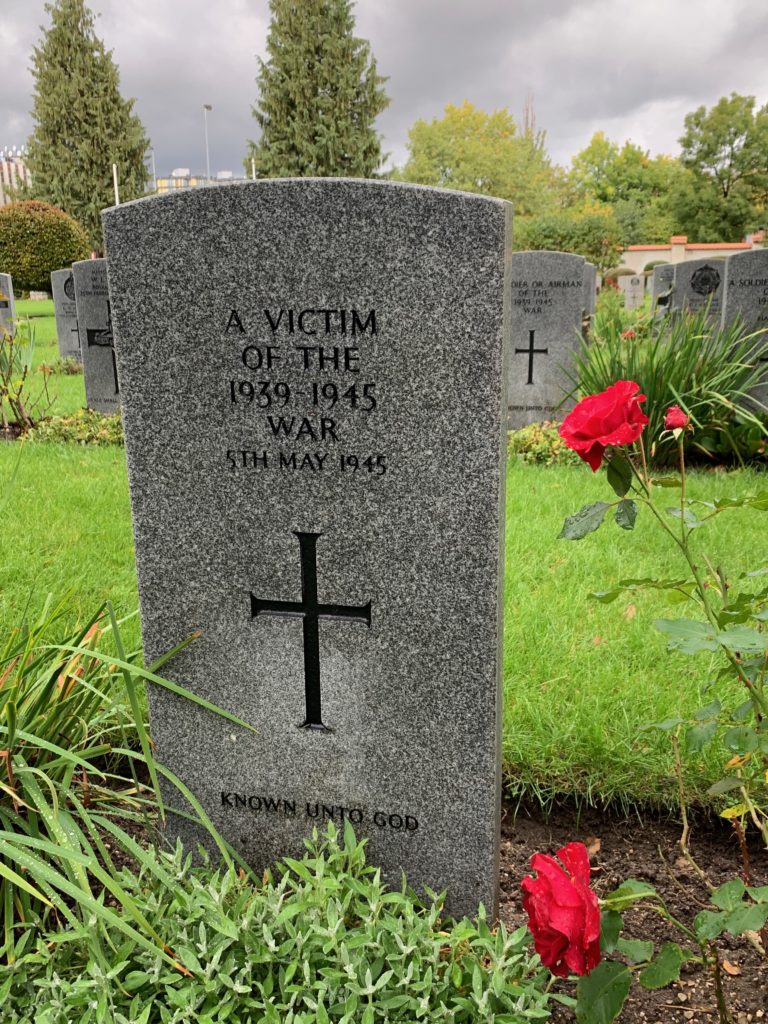
And of course, on both sides of the boundary hedge, there were the unidentified ones. Their sacrifice and circumstance of death warranted at least the trace of someone in eternal repose. In their day, in the clean up phase for what was an overtly tangled period, one cold do little more than provide a persistent reminder of a marker.
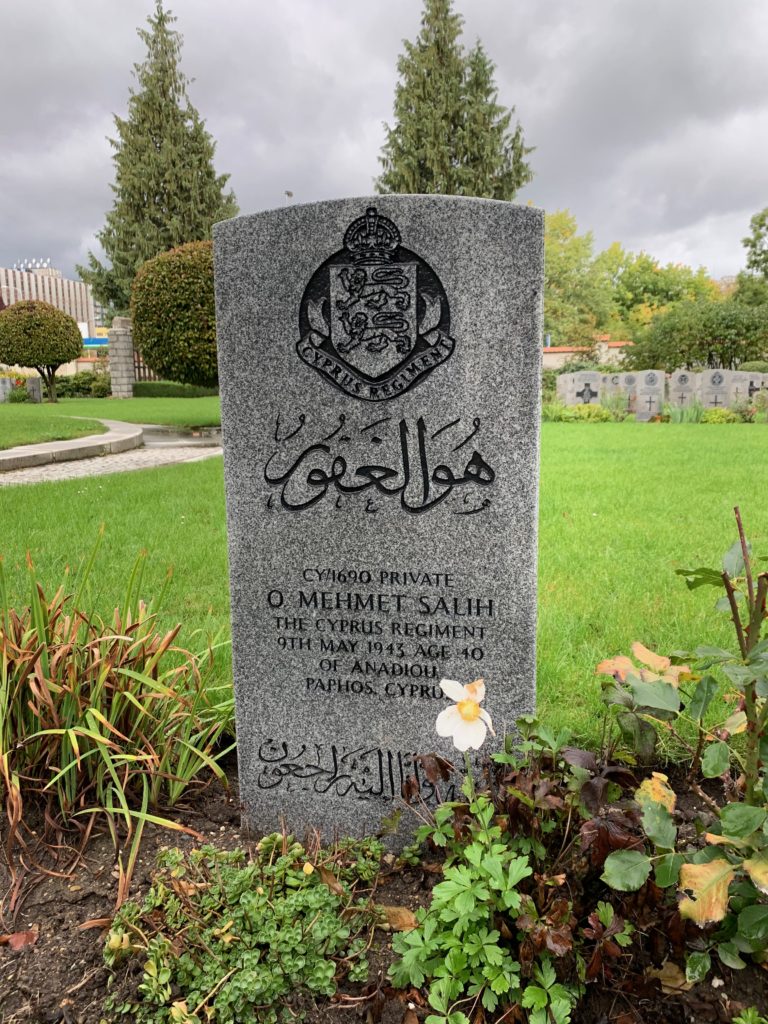
The headstones of all national origin are maintained with loving care. And even if I’m not be able to decipher the meaning of script or language—or better—grasp what brought each individual to such a punctuating end, I still took a moment to inspect the plots. I wondered about them for a moment, almost looking through each slab as I tried to imagine their families. What made them laugh. What compelled them take up arms and arrive on this stretch of land. I try to comprehend how such a large world suddenly runs together with such connected and violent force.
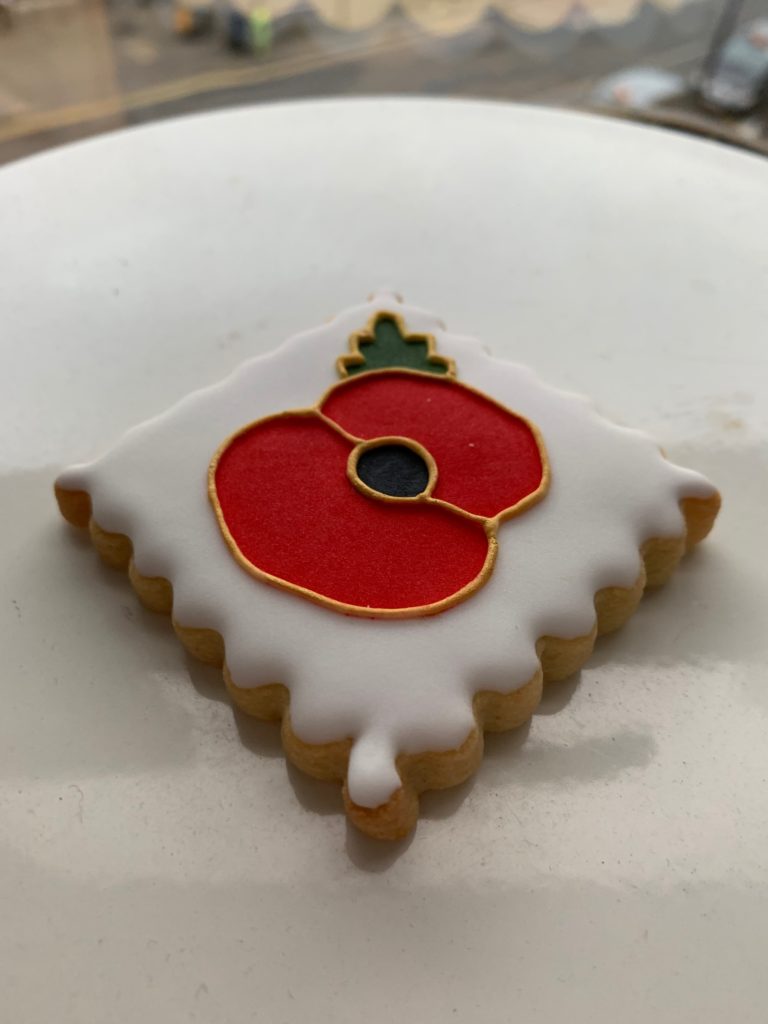
And of course every nation on the planet, each place and group has its recurrent periods of solemn remembrance. In England, the Poppy Appeal right now is alive and well here in November. At my office, I work each day amongst multinational individuals who currently sport not only the poppies– but also cornflowers and forget-me-nots. And even if you are hip to which country might be wearing which flower, your understanding would get a failing grade should you come by for a visit to quiz your knowledge. This is because some people wear one flower, and others wear more than one variety at a time. You don’t even blink when you see a person from one nation wearing a flower that is associated with a country that was once a former foe. The world is a connected place, and tipping points of varying magnitude happen each day.
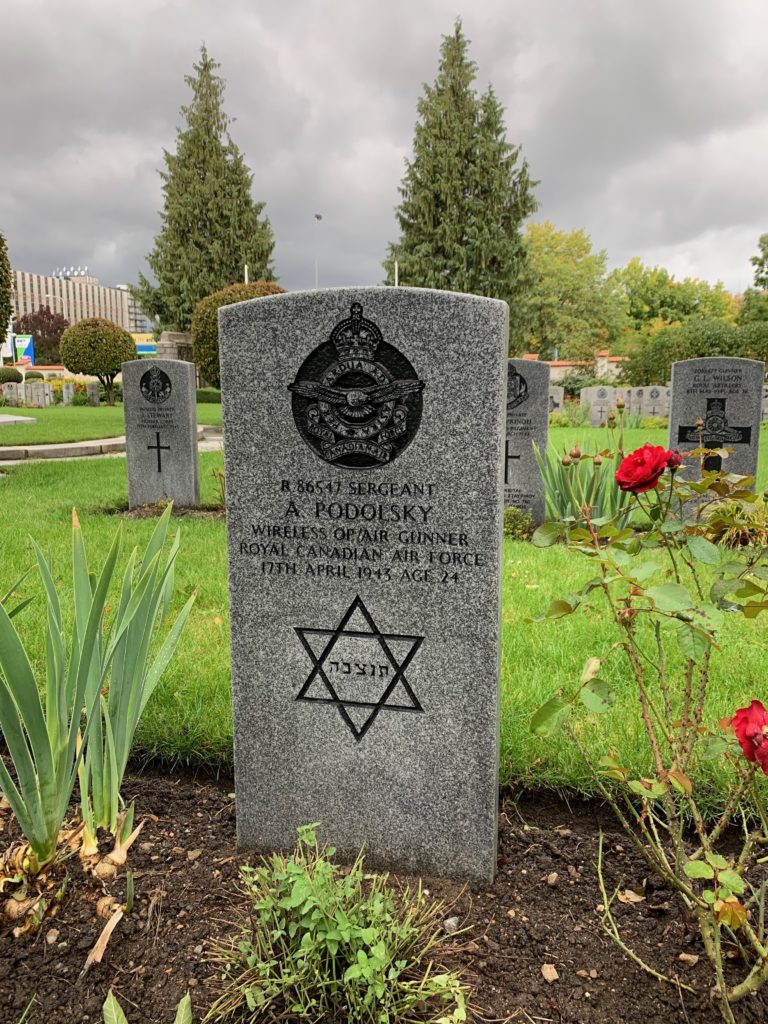
I personally never gained a visceral appreciation for human sacrifice in history until I wandered far from my home. Some might disagree, but unlike on other continents, many Americans have been fortunate to have grown up on a continent that is largely free of battlefields from recent wars and destruction. As a white New England girl growing up in the 1980s, the traumas of the early 20th century world most frequently found in history books. They were black and white photographs or dramatic paintings that depicted military battles that seemed a bit hard to grasp once I walked out the doors of my Cape Cod school.
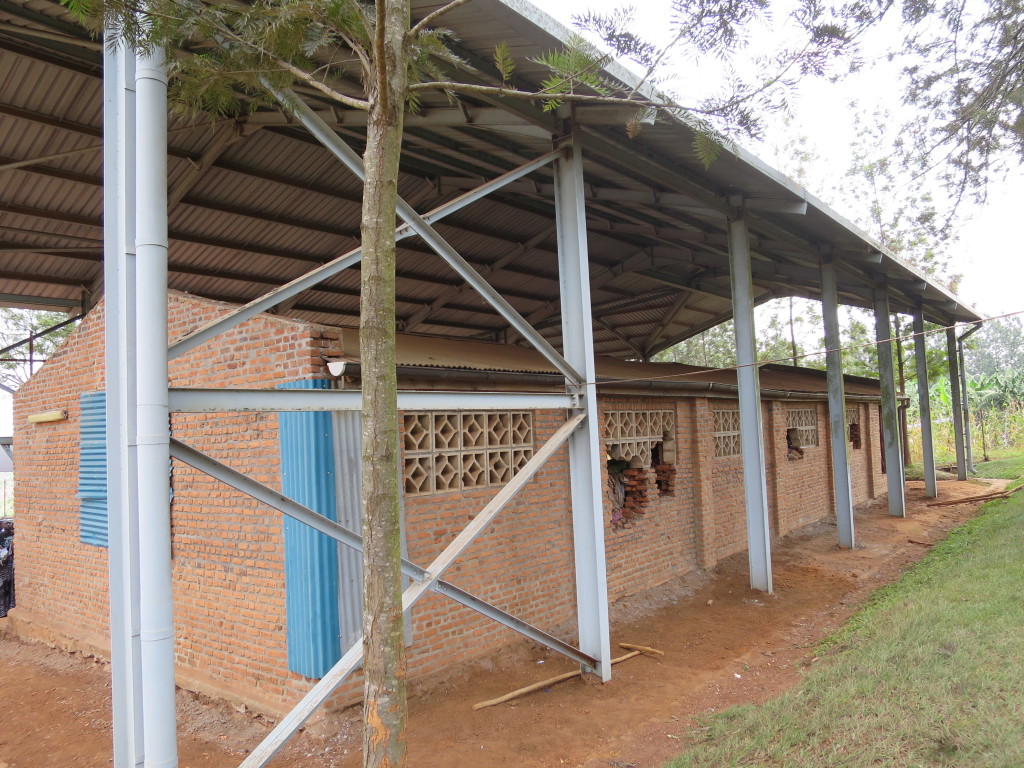
It wasn’t until I visited the Auschwitz concentration camp in 1998 that I first felt the churn of history in my stomach. The same came with a visit to a Rwandan church; I paused to process a large blood splotch that was perma-stained into the wall. Near the altar, our guide pointed to a wheelbarrow of clothing mixed with dirt-caked bones that had just been discovered “this week”. Each week in April, the people of Rwanda commemorate the victims of the genocide with a period of kwibuka, or remembrance. Too many people lost and so quickly. It takes your breath away to both witness the scope of the atrocities but also recognize that those who remain are working to honor those gone. And, of course, work towards a future offering a different script.
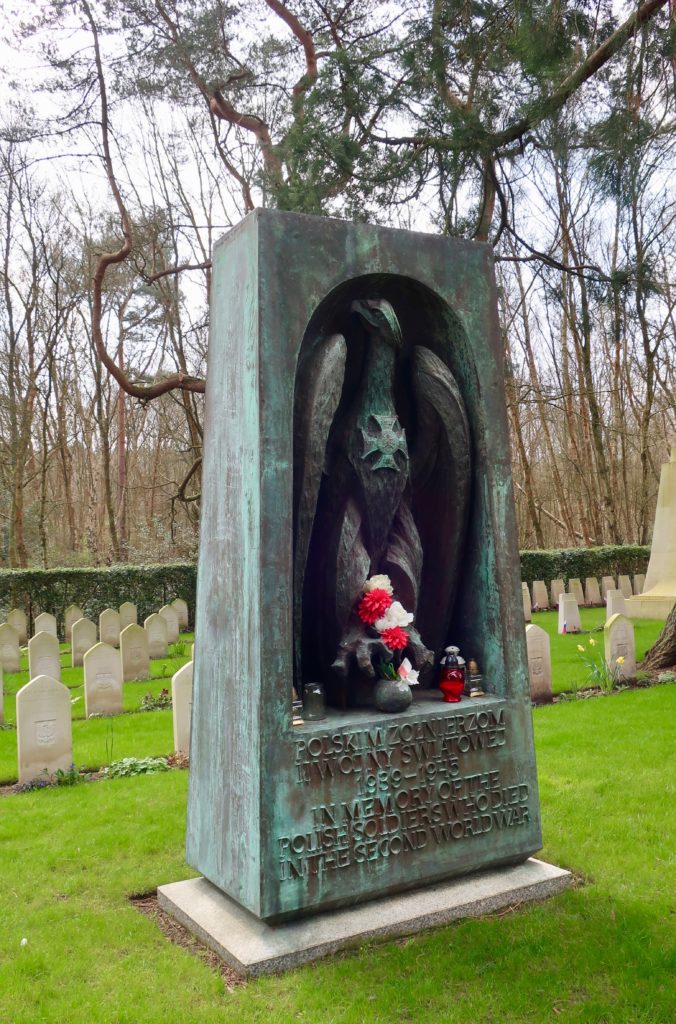
In the more recent years, I have visited places like the American WWII cemetery in Carthage, Tunisia, as well as a German WWII cemetery in La Cambe, France. And closer to where I sit now, the Brookwood Commonwealth Military Cemetery, the largest Commonwealth cemetery in the United Kingdom. It is maintained by the same folks who maintain that section in Olšany, but at Brookwood you can also find Americans, French, Dutch, Poles, Czechs, Italians, Belgians and, yes, some Germans. The world is constantly, simultaneously small and far-reaching.
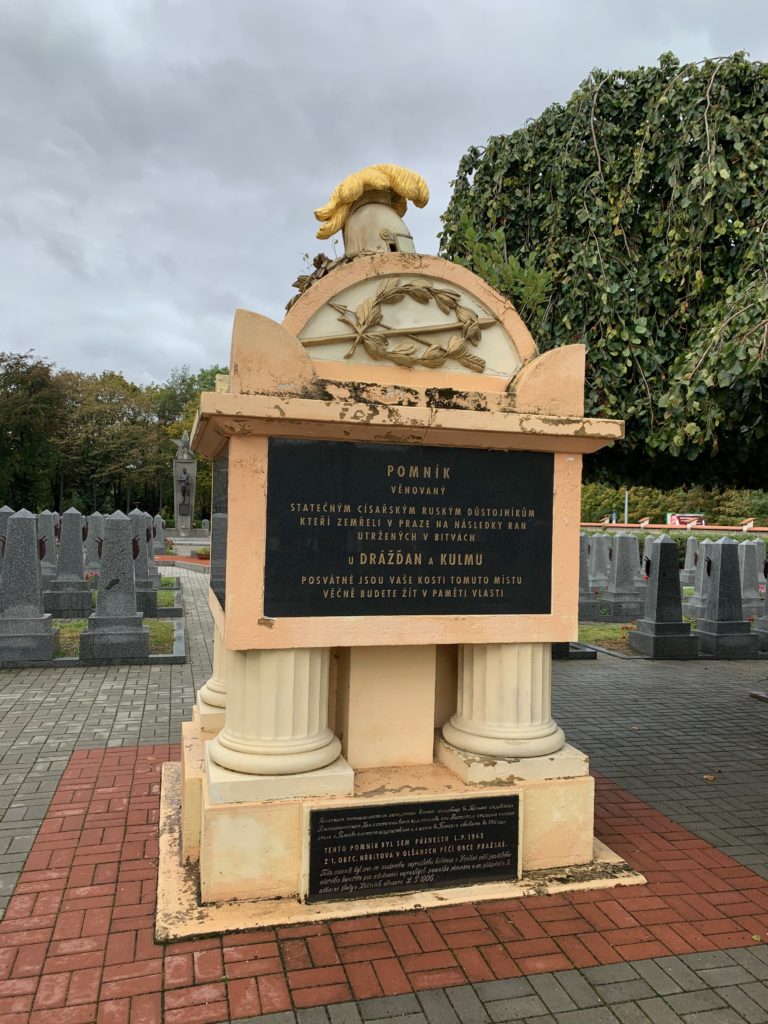
Here in England, as in other places bearing scars from World War I and World War II, November is a time for reflection. As for the rest of the planet, and in each graveyard you stumble upon, you can find no shortage of reasons for remembrance and respect. I neither have the mental capacity nor remaining time in my life to recognize each conflict. And then of course there are the individuals who have passed, those who went in haste, and the scores who are gone but birthed new generations who do remember with dogged fidelity. With the world bumping up against itself as it does, you can see why life is not just a month of fashionable paper poppies pinned onto winter jackets.
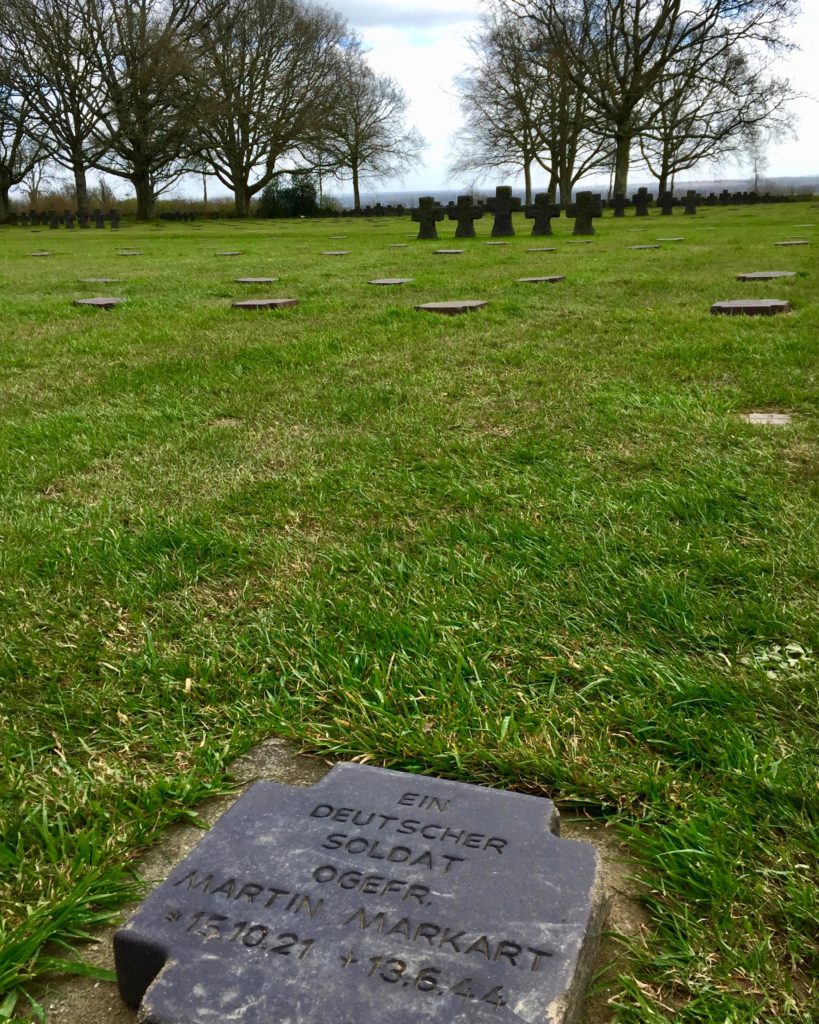
I’m not the biggest optimist on the planet, but I still find value in observing the varying ways in which each place remembers the past. Whether it comes through exploring unfamiliar graveyards, or perhaps going so far as to don a remembrance flower that your predecessors might have interpreted as treason, it’s important to recognize that pain is universal. The past is complicated, and I suspect that we will always find ourselves further from consensus than we’d like. But green shoots of remembrance and respect within a cold November winter is encouraging; it is probably one of the most promising indicators that it is indeed possible to move forward.